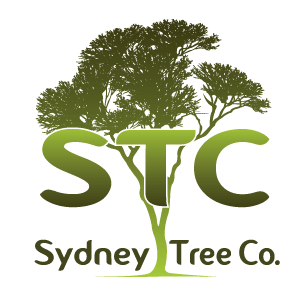Tree removal must, in most cases, be done by a qualified Arborist. An Arborist with an AQF Level 3 or higher should be brought in to evaluate the tree and determine if it presents a hazard. In an emergency situation where the tree could fall over at any time, it can be removed immediately but an Arborist must evaluate the tree before removal, document the situation and submit a report to your local council. If the danger is minimal but the tree should still be removed, permission from the local council is required prior to removal.
Once the tree is cut down and removed from the property, the property owner is left with a stump. It can be kept and used to set things on, like flower pots or cool, refreshing beverages, depending on where it is located, but it should usually be removed. There are tree removal companies that will come in with a machine that shreds stumps down to below ground level. The shredded stump material should be cleaned up and removed from the property if the tree was suffering from a disease like Phytophthora root rot which can be spread to other plants if it is used as mulch.
Some trees will grow back from leftover bits of stump and roots below soil level. The Arborist can tell you if the tree that was removed is likely to do this. If it is one of those trees, treat the stump with glyphosate immediately after the tree is cut down. Roundup and Zero contain glyphosate. This will kill any parts of the trunk or roots that remain alive. The stump can still be ground down and removed but wait until after the glyphosate has eliminated any possibility of the tree’s return before calling in the stump grinder.
Be prepared to replace the tree. The City of Sydney commonly requires the planting of a new tree after one has been removed. If the tree died of root disease, be sure to select a new species or cultivar that is resistant to the disease. This is especially important if the tree died of Phytophthora root rot. The pathogen that causes this disease can live in the soil for years after the tree is removed. If a tree that is not resistant to the disease is planted in the same location, it will die just like its predecessor.

